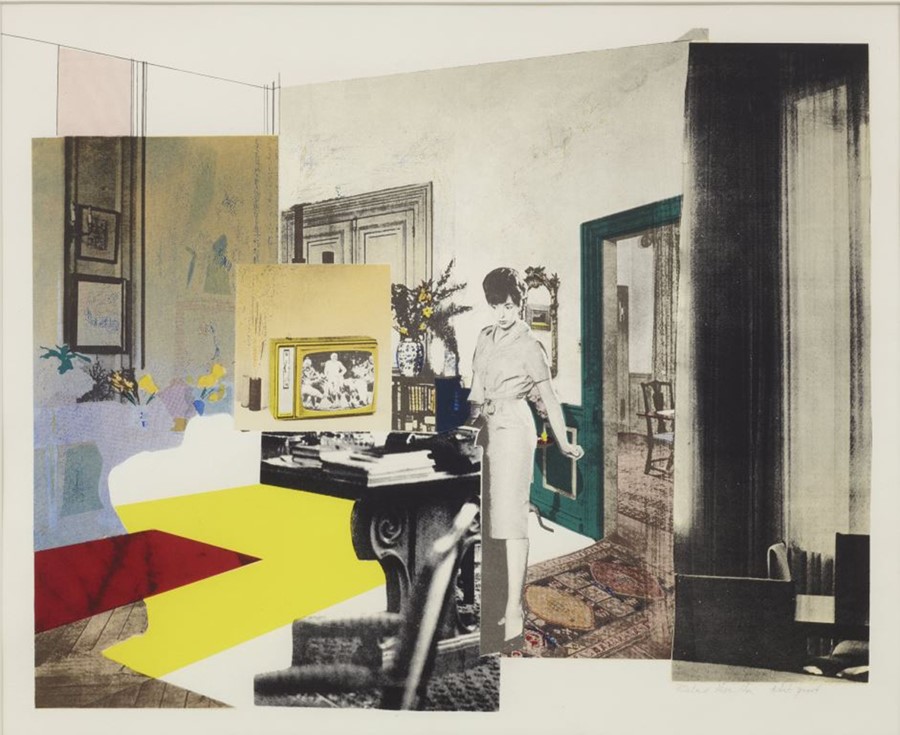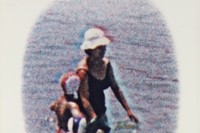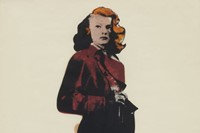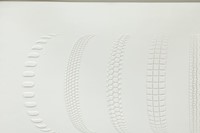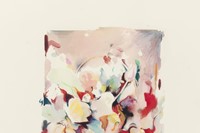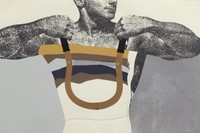As three exhibitions honouring his work open in London, we present three key facts about British painter and collagist Richard Hamilton
It may be the Chinese Year of the Horse, but in art terms 2014 belongs to British painter and collagist Richard Hamilton. Unlike the ancient calendar’s equine symbol of quick success, Hamilton’s own climb to fame was slow and steady. Quite possibly the stylistic bridge between Duchamp and Warhol, Hamilton is credited with inventing Pop Art and, among other things, he designed the cover of The Beatles' White Album. He’s also credited with inventing Pop Art and his influence on the contemporary art landscape is indisputable. However his work has mostly been enjoyed by those-in-the-know, rather than by broad audiences. Now, three years after his death at the age of 89, three exhibitions are set to correct this by bringing Hamilton into the spotlight. The Tate Modern is holding a major retrospective of his work, The ICA is re-mounting two of his most influential installations and the Alan Cristea Gallery is showing some of the artist’s original prints. So in honour of the Year of Hamilton, we offer three facts about the man and the artist.
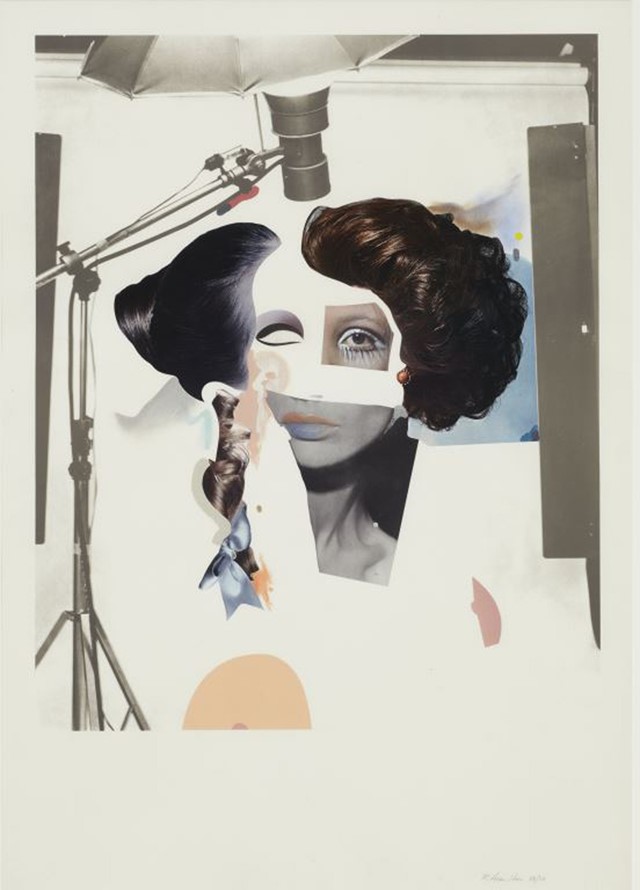
1. Hamilton was born in Pimlico, London in 1922 – the Year of the Dog. Those under this sign are said to have straightforward characters, and despite Hamilton’s often coded or multilayered works, there is a directness to his output that repels pretention and speaks to a mind that is insightful, kind and humourous. He was democratic at heart, declaring that modern art should be “Popular (designed for a mass audience), Transient (short-term solution), Expendable (easily forgotten), Low-cost, Mass-produced, Young (aimed at youth), Witty, Sexy, Gimmicky, Glamorous, Big Business.”
"As well as professing a love of photocopiers, Hamilton was one of the first artists to make good use of digital capabilities"
2. Hamilton was highly skilled. Despite having a rocky relationship with art institutions – he left school without any formal qualifications and was expelled from the Royal Academy – he was a highly skilled draughtsman and had a firm understanding of his own approach. During a 1971 talk at the Palais des Beaux-Arts in Brussels he said, “I find that everything I do is concerned with one of four means of representation…The first way is probably pure figuration, pure photographic rendering… Then I find that there’s a geometrical approach. So that perspective is sometimes elaborated in a very precise way. Then there are occasions when I remember that the medium of paint is important. American Abstract Expressionism was concerned almost entirely with that plastic quality of paint. So I put paint in a very direct way onto a photograph or onto a drawing… I think that signs [also] appear sometimes in my work. So some of [my]
prints have words attached to them, and what I think they’re all about, really, are ways
of communicating at a visual level.”

3. Hamilton was an early adopter of technology. As well as professing a love of photocopiers, he was one of the first artists to make good use of digital capabilities. When he was young, he gained employment as an apprentice at an electrical components firm and then worked as a technical draughtsman in the Royal Engineers during World War II. As early as the 1950s he tweaked that computers would have a huge affect on society – and by extension, art. Describing his reaction to Claude Shannon’s 1948 essay “A Mathematical Theory of Communication,” he enthused that it “revealed the mind-blowing notion that electrical currents switching on and off could articulate everything—the digital era was born.” This love of machines was often reflected in his work in the form of home appliances, modcons and cars.
Richard Hamilton is at Tate Modern from February 13 – May 26. Richard Hamilton at the ICA runs until April 6. Richard Hamilton: Word and Image is at the Alan Cristea gallery from February 14 - March 22.
Text by Ananda Pellerin
